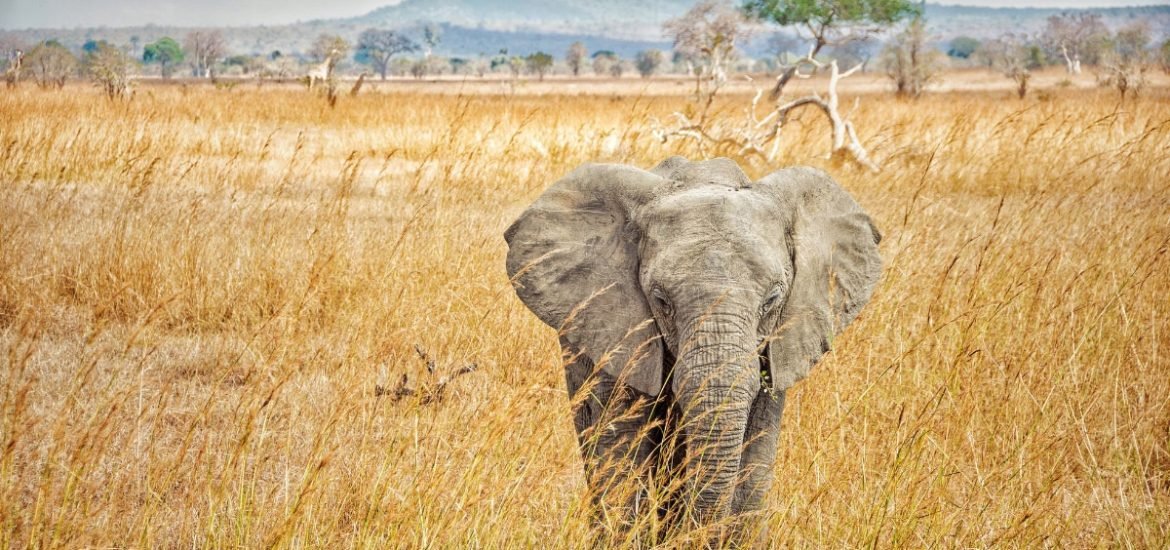
High-profile changes in the political environment seem to be reducing the overall number of illegally killed elephants in Africa seems to be falling, according to the authors of a new paper published on 28 May in Nature Communications (1). But there is still much to be done to protect the remaining elephant populations.
Elephant poaching rates reached a peak in 2011 but have since declined, mainly due to anti-poaching policies and increased law enforcement. For example, China’s recent ban on ivory trade is considered a major success. Nonetheless, 10-15,000 elephants are still killed each year by poachers. And sadly, there are currently only around 350,000 elephants left in Africa.
At current poaching rates, Loxodonta africana (the African elephant) is in danger of being almost wiped from the African continent. Elephant poaching is now high up the international agenda. To this end, further research can help guide poaching policies.
The international team of researchers from the University of Freiburg in Germany, the University of York in the UK, and the United Nations’ Convention for the International Trade in Endangered Species (CITES) enlisted the help of so-called hierarchical regression models to explore the possible contribution of relevant drivers to reduce poaching. The authors hoped to find out which interventions could have the biggest impact. In the paper, they state two main aims:
1) to test whether local conditions in different sites and in different years can explain variation in poaching rates between and within elephant populations;
2) to identify the processes to which poaching rates are most sensitive, thereby identifying priority targets for conservation.
Using the models, they examined the correlation between the number of elephant carcases found between 2002 and 2017 — based on 53 African Monitoring the Illegal Killing of Elephants (MIKE) sites — to several socioeconomic variables on a local, regional, and global level.
The researchers found that annual poaching mortality rate declined from an estimated peak of over 10 per cent in 2011 to less than 4 per cent in 2017. But to achieve long-term success, governments must implement comprehensive social and behavioural change interventions.
The findings suggest two important targets: the first is to reduce demand in Asia and the second, to improve the livelihoods of people in Africa. In particular, they note that poaching rates primarily correlate to ivory prices in South East Asia. Therefore, any hope for success will require tackling demand in that region
While improving anti-poaching law enforcement is important, it will not completely solve the poaching problem. Elephant populations will continue to decline if governments do not take action to tackle poverty, reduce corruption, and decrease the demand for ivory.
African elephants are the largest mammals on Earth and play a vital role in savannahs and forest ecosystems, and attract much-needed eco-tourism to the continent. However, ensuring their future “will require stronger laws and enforcement efforts and genuine community engagement”, says Lisa Rolls Hagelberg, Head of Wildlife Communication & Ambassador Relations, UN Environment.
(1) Hauenstein, S. et al. African elephant poaching rates correlate with local poverty, national corruption and global ivory price. Nature Communications (2019). DOI: 10.1038/s41467-019-09993-2